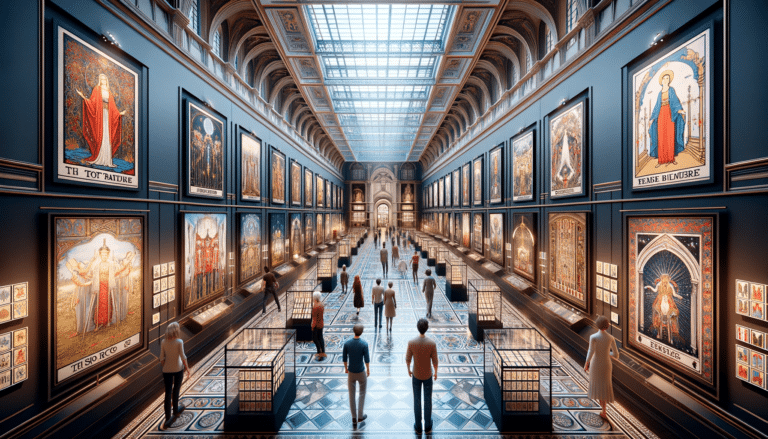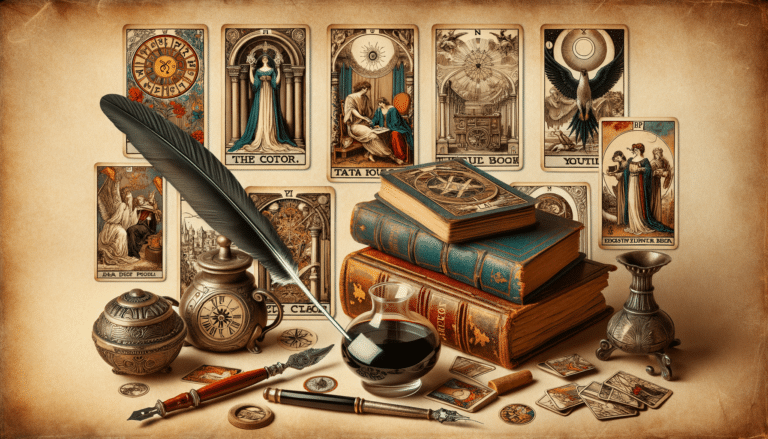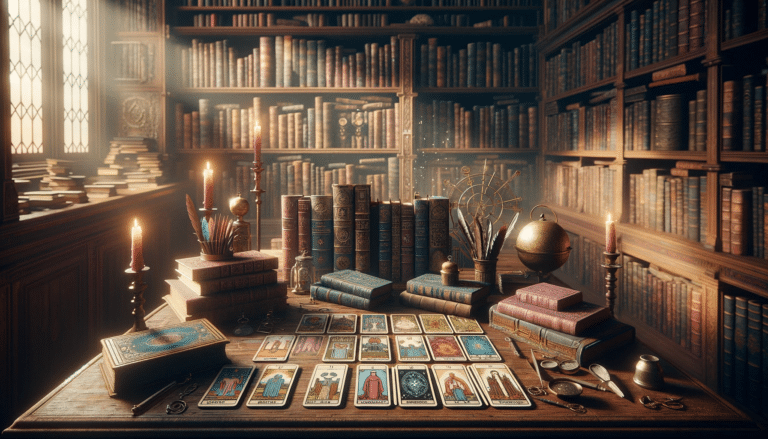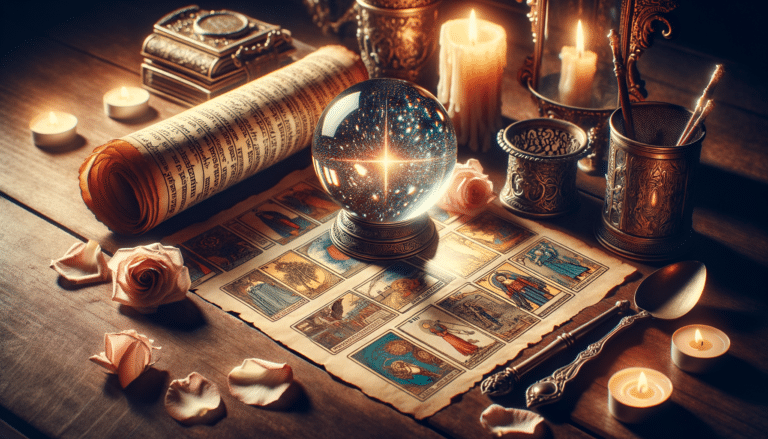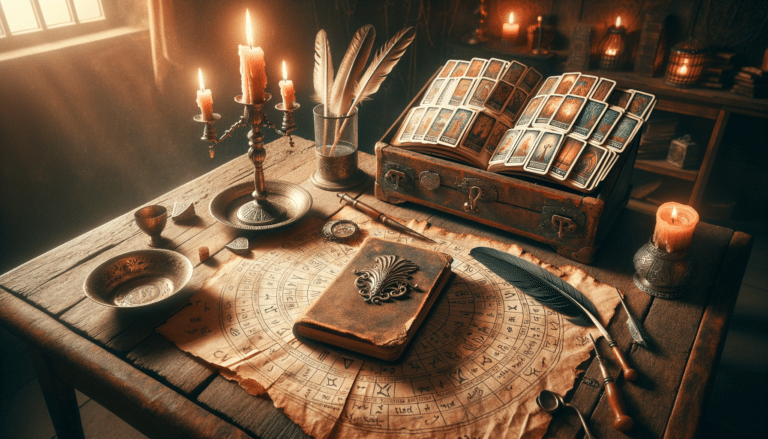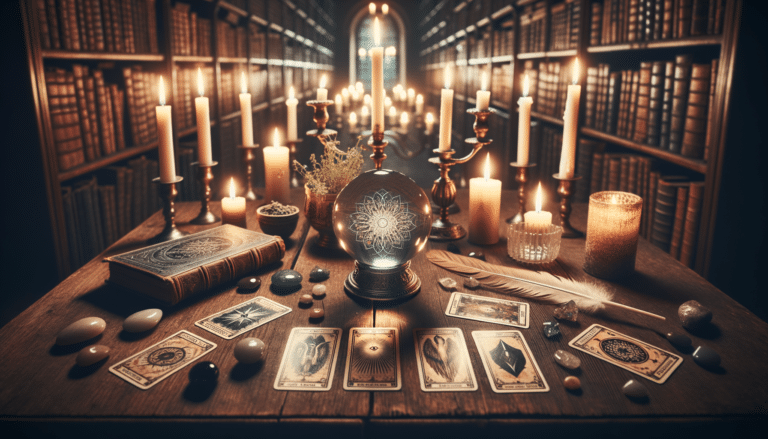Top 4 Eras in the History of Tarot in Divination Practices
As you dip your toes into the mystical pool of tarot…
What you’ll discover is that its waters run deep, with currents flowing from various historical epochs.
You’re about to embark on a journey through the four most influential periods in the history of tarot in divination practices.
The Renaissance Beginnings mark the deck’s initial shuffle into the world of mysticism.
During the Occult Revival of the 18th Century, tarot found its voice as a tool for the esoteric.
The Golden Age of the 20th Century saw a renaissance of its own, blending art with intuition.
Lastly, you’re living amidst the Modern Tarot Resurgence, where diversity and accessibility have reshaped tarot’s role in contemporary spirituality.
Each era reflects a unique facet of the tarot’s ever-evolving story.
So let’s explore the history of tarot in divination practices…
Key Takeaways
- Tarot cards originated during the Renaissance as a tool for divination, utilizing rich symbolism and archetypical images.
- The 18th century marked a pivotal moment in tarot history, as Freemasonry and Egyptian mythology influenced the significance of tarot cards.
- The 20th century saw the golden age of tarot divination, with the release of the Rider-Waite deck and the emergence of diverse decks reflecting the zeitgeist.
- In the 21st century, tarot has experienced a resurgence characterized by a digital and cultural renaissance, with online readings, virtual tarot apps, and social media communities.
The Renaissance Beginnings
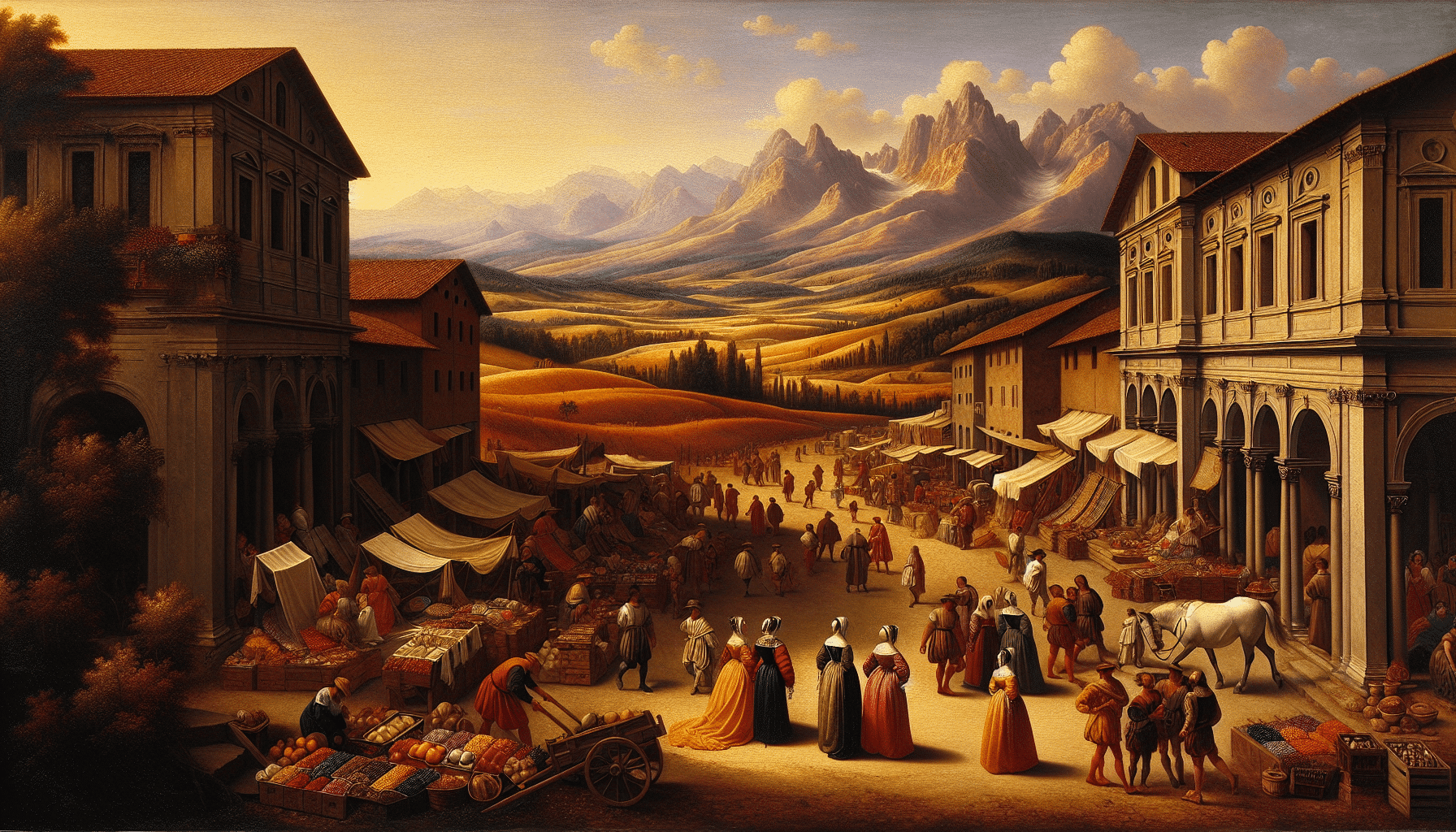
During the Renaissance, you’ll find the earliest roots of tarot as a tool for divination. This period, renowned for its explosion of creativity and learning, saw tarot cards imbued with mystic symbolism. The imagery on these cards wasn’t just aesthetic; it was steeped in the esoteric wisdom of the time. You can think of them as more than just cards; they were portable canvases of Renaissance artwork, each telling a story and offering insights into the universal human experience.
As you delve into tarot’s history, you’ll notice that the cards were initially part of a game, similar to bridge. But it wasn’t long before people saw potential beyond entertainment. The tarot’s rich symbolism and archetypical images lent themselves perfectly to divination. You might find yourself wondering how these figures and narratives could possibly relate to your life. That’s where the magic lies.
Each card is a mirror, reflecting aspects of your life through the lens of Renaissance wisdom. When you consult the tarot, you’re engaging with centuries of mystic tradition, each draw connecting you to the collective unconscious and the intricate web of fate the cards have come to represent.
Occult Revival of the 18th Century
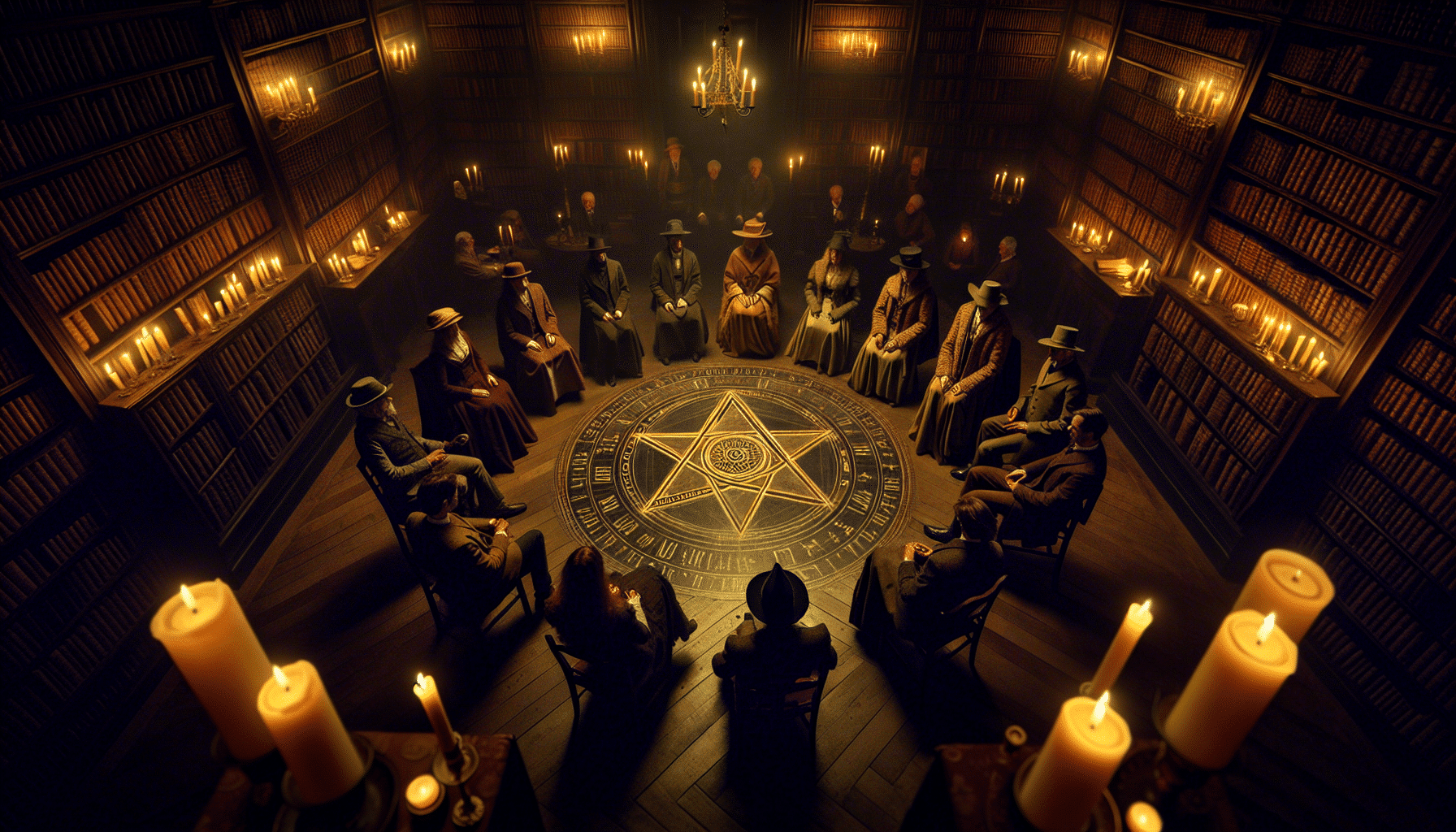
You’ll stumble upon a pivotal moment in tarot history when you explore the Occult Revival of the 18th century, a time when these mystical cards gained profound prominence in divination practices. During this period, tarot decks weren’t just for games anymore; they became tools for accessing hidden knowledge and the realms beyond our everyday experience.
As you delve deeper, you’ll discover that the tarot’s significance was magnified by its Masonic connections. Freemasonry, with its layered symbols and rituals, found a kindred spirit in the tarot. The cards’ intricate imagery and esoteric symbols resonated with Masonic principles and mysteries, leading to a rich cross-pollination of ideas and practices between the two.
Moreover, Egyptian mythology played a crucial role in the tarot’s evolution during the Occult Revival. Many occultists of the time were enchanted by the allure of ancient Egypt, believing that tarot cards held the lost wisdom of this venerable civilization. They reinterpreted the symbols through an Egyptian lens, adding layers of meaning that continue to intrigue and inspire tarot enthusiasts today.
As you absorb this knowledge, you’re not just learning about the past; you’re connecting with a lineage of seekers who’ve used these cards to peer into life’s secrets. The 18th century marked a turning point where tarot’s potential for divination was fully embraced and its eternal journey intertwined with the mystique of the occult.
Check out our Tarot Cards here…
Golden Age of the 20th Century
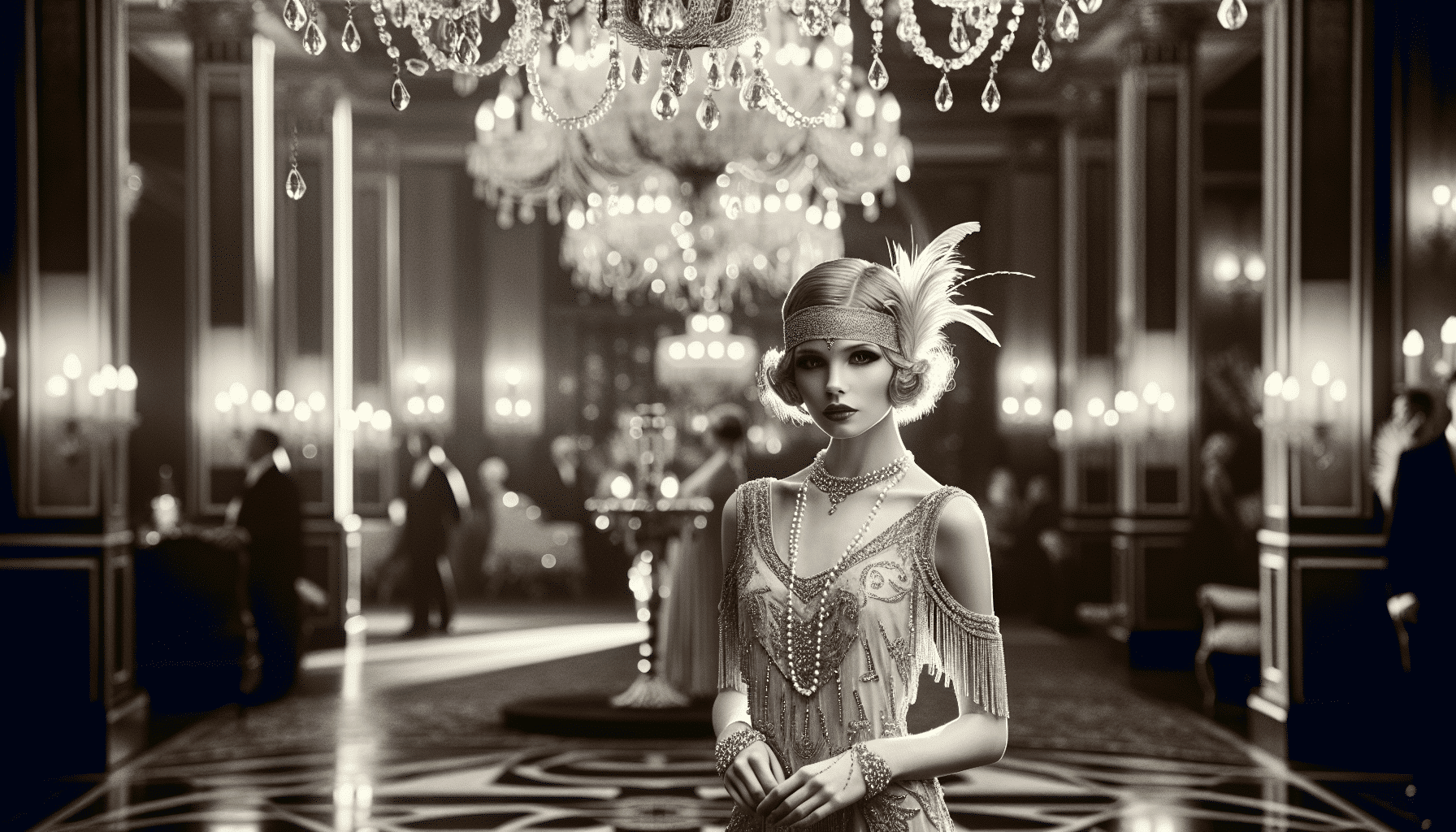
In the midst of the 20th century, you’ll uncover an era where tarot divination flourished like never before, establishing new standards for mystical practice and interpretation. It was during this time that tarot truly became a tool of artistic expression, with decks designed to capture the essence of the zeitgeist and the individual’s subconscious. You’d find that tarot’s cultural integration was at its peak, with people from all walks of life seeking guidance from the cards.
This table gives you a glimpse into the key milestones of the 20th-century tarot landscape:
| Year | Event | Significance |
|---|---|---|
| 1909 | Rider-Waite Deck Release | Pioneered illustrative pip cards |
| 1944 | Book “The Tarot of the Bohemians” | Popularized tarot study |
| 1960s | Tarot’s New Wave | Youth culture embraces tarot |
| 1971 | Tarot becomes mainstream | Salvaged from obscurity |
| 1980s | Diverse Decks Emerge | Inclusion of various artistic styles |
Each row in the table you’re reading marks a step forward in tarot’s journey through the 20th century. From the Rider-Waite deck’s groundbreaking illustrations to the explosion of diversity in the 1980s, tarot’s evolution has been remarkable. It’s a journey of transformation where the tarot became not just a means of divination but also a mirror reflecting the dynamic changes of the century.
Learn more with these tarot books here…
Modern Tarot Resurgence
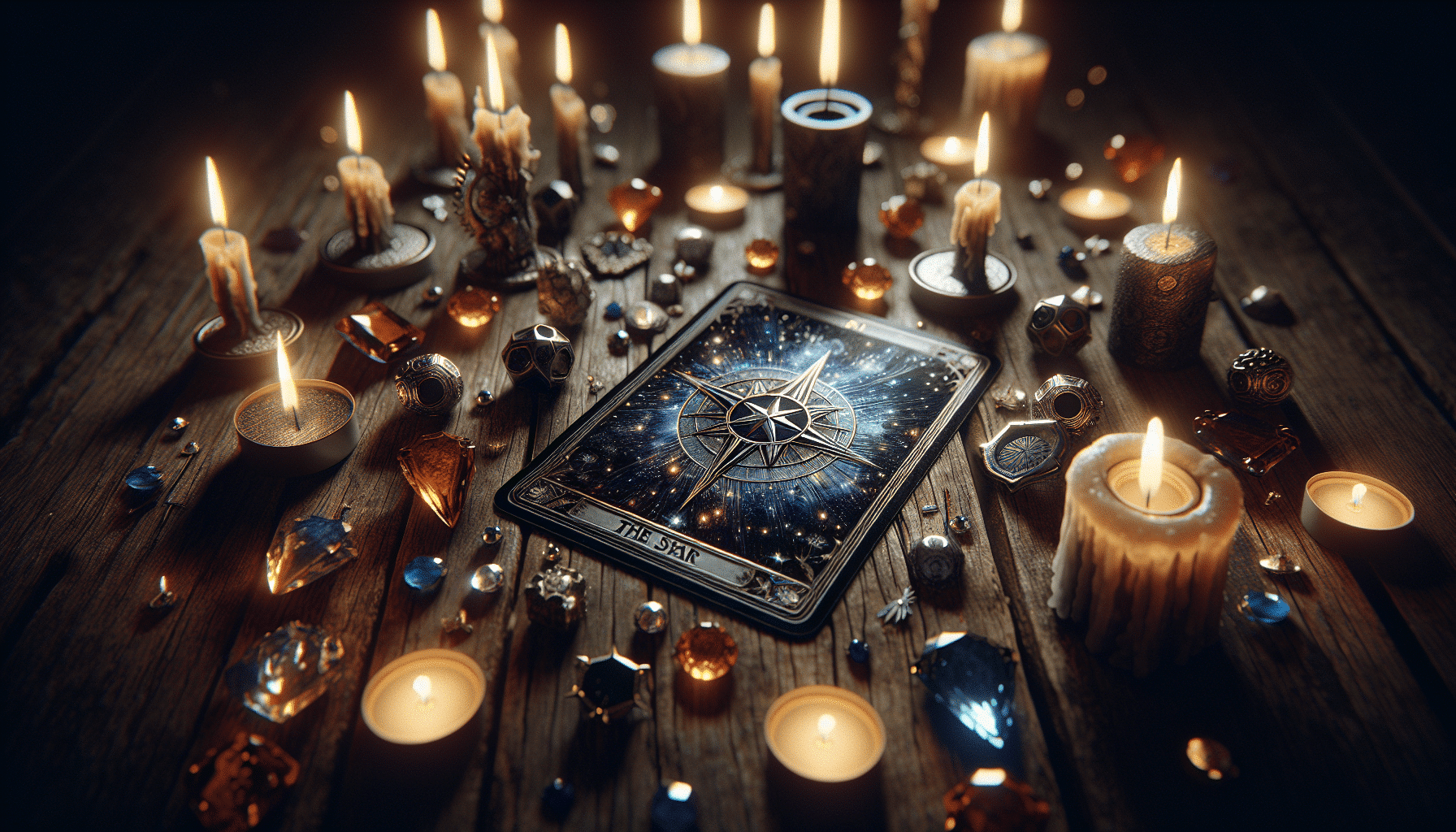
Tarot’s resurgence in the 21st century finds you at the heart of a digital and cultural renaissance, where ancient symbols meet modern life. The decks aren’t just cards; they’re canvases for contemporary artists, reflecting a diverse spectrum of philosophies and aesthetics. You witness a vibrant fusion as tarot artwork evolves, becoming more inclusive and representative of today’s society.
- Online readings make tarot more accessible than ever:
- Virtual tarot apps offer a quick shuffle and spread at your fingertips.
- Live sessions with readers from around the globe connect you with wisdom across borders.
- Social media platforms host communities where enthusiasts share interpretations and bond over card meanings.
You’re not just observing a trend; you’re participating in a movement that honors tradition while embracing the future. Tarot’s tools for introspection and guidance are adapting to the digital age, ensuring that the wisdom of the cards is just a click away. Whether you’re seeking personal growth or a peek into the unknown, the modern tarot resurgence equips you with both timeless knowledge and cutting-edge ways to engage with it.
Learn even more secrets of the tarot history here…
Conclusion
So, you’ve trotted through tarot’s timeline, from Renaissance roots to modern mystique. Remember, it’s not the cards but your belief that crafts the future – unless a Queen of Cups in reverse says otherwise, right?
Now, go forth, armed with your arcane arsenal, and divine with drama. After all, who needs algorithms and apps when you’ve got archetypes and artistry?
May your spreads be ever insightful, or at least, entertainingly enigmatic.
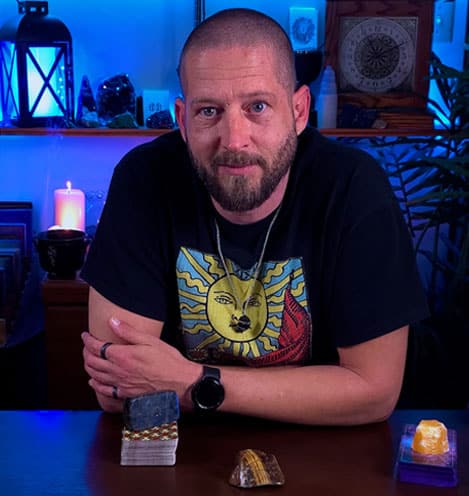
About The Author – Allen Hill
Allen Hill, the force behind Unknown Truth Tarot, has a YouTube following 6-times bigger than the population of his hometown, Miamisburg, Ohio. From his spiritually rich blog on Tarot and crystals to his role as CEO of The Unknown Truth Tarot Metaphysical Shop, Allen’s passion for the metaphysical shines through.
A master Tarot reader and “crystal junkie,” Allen is also a devoted dad to Dylan, 10, and Destiny, 24. When he’s not immersed in the world of Tarot and crystals, he enjoys poker and video gaming sessions, often humorously outplayed by Dylan.
Follow Allen on Twitter, Instagram, Facebook, TikTok, and subscribe to his Unknown Truth Tarot YouTube channel to join him on a journey of spiritual growth and self-discovery.

